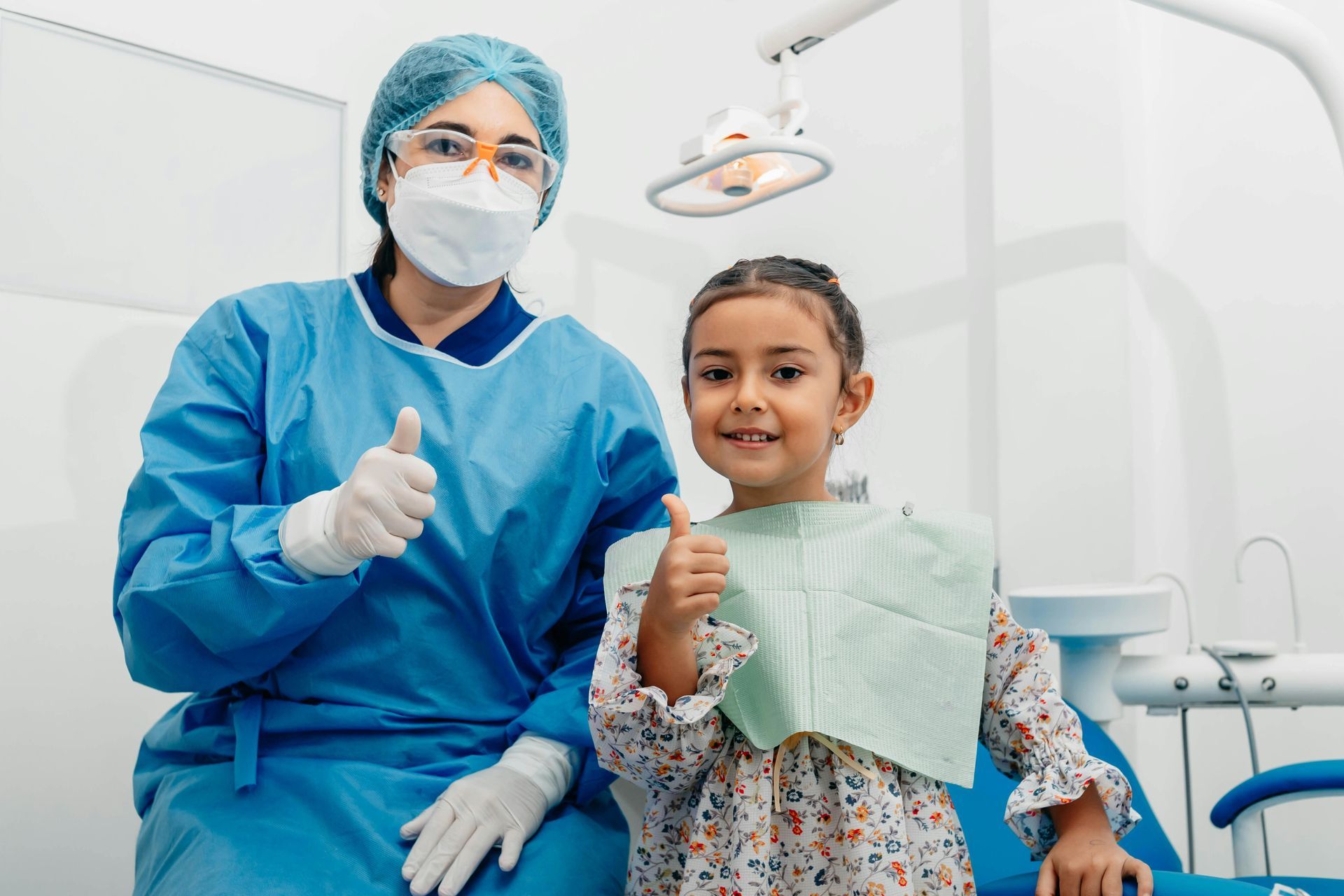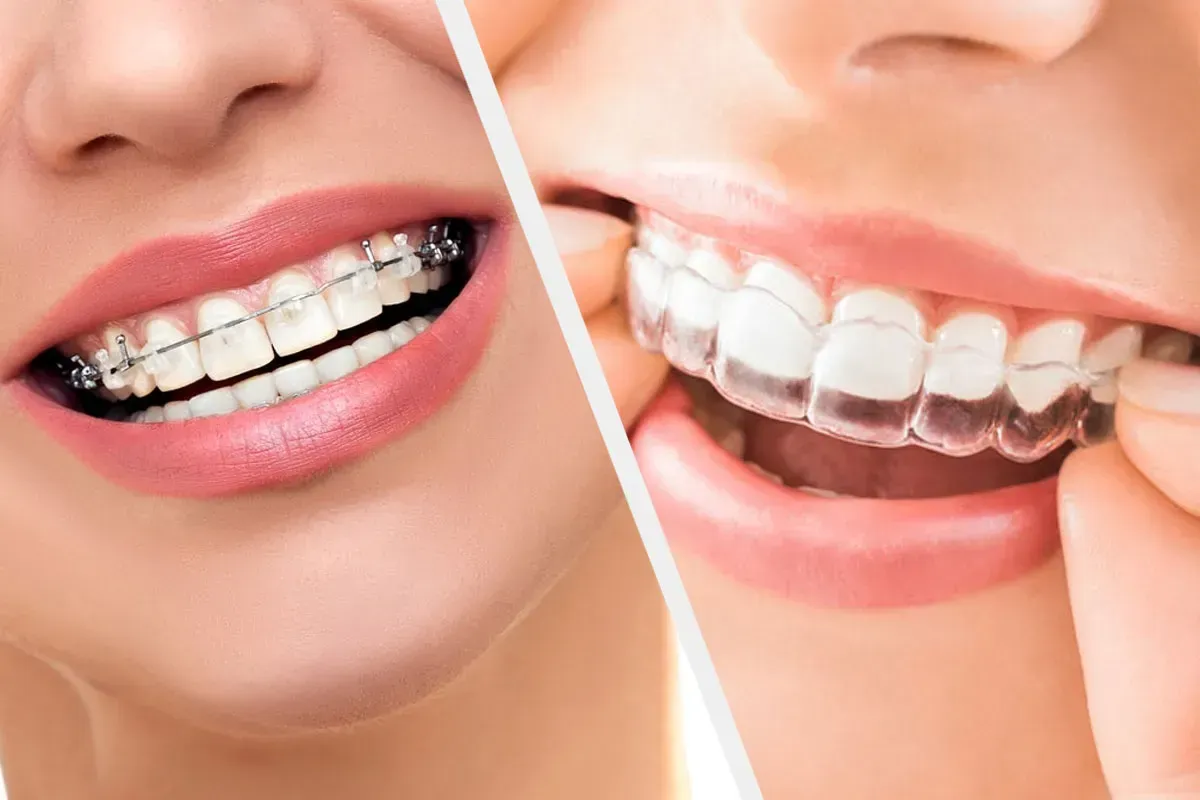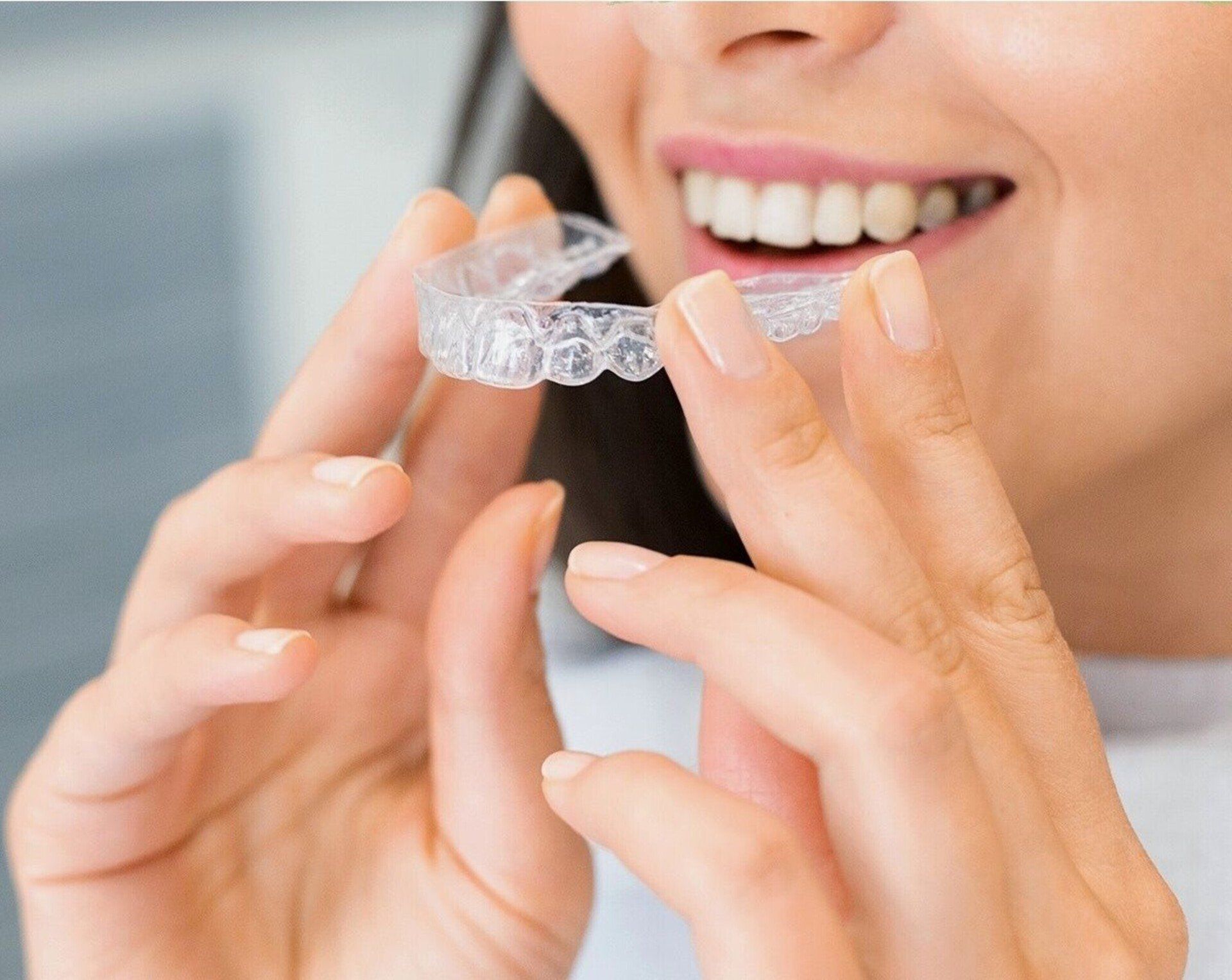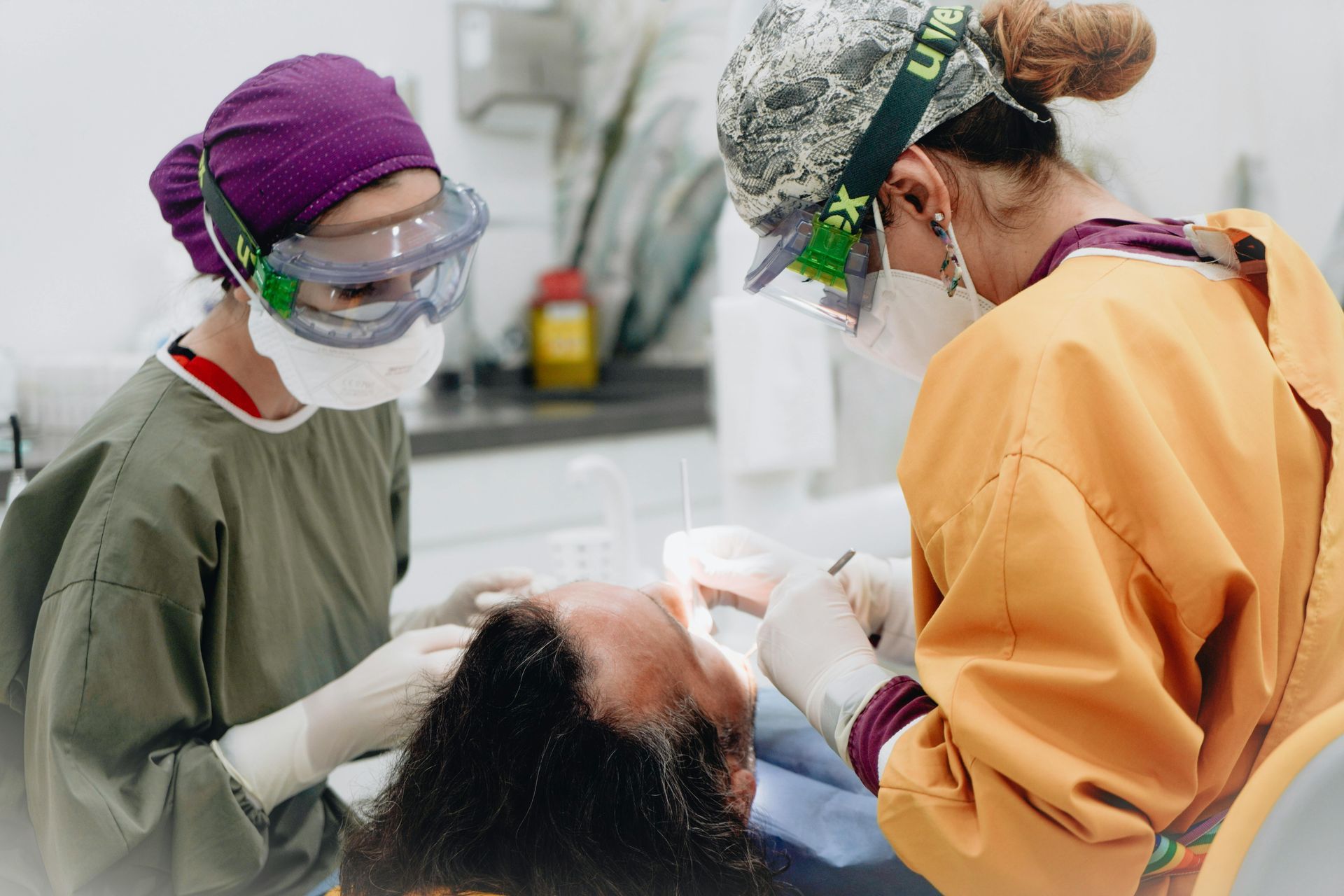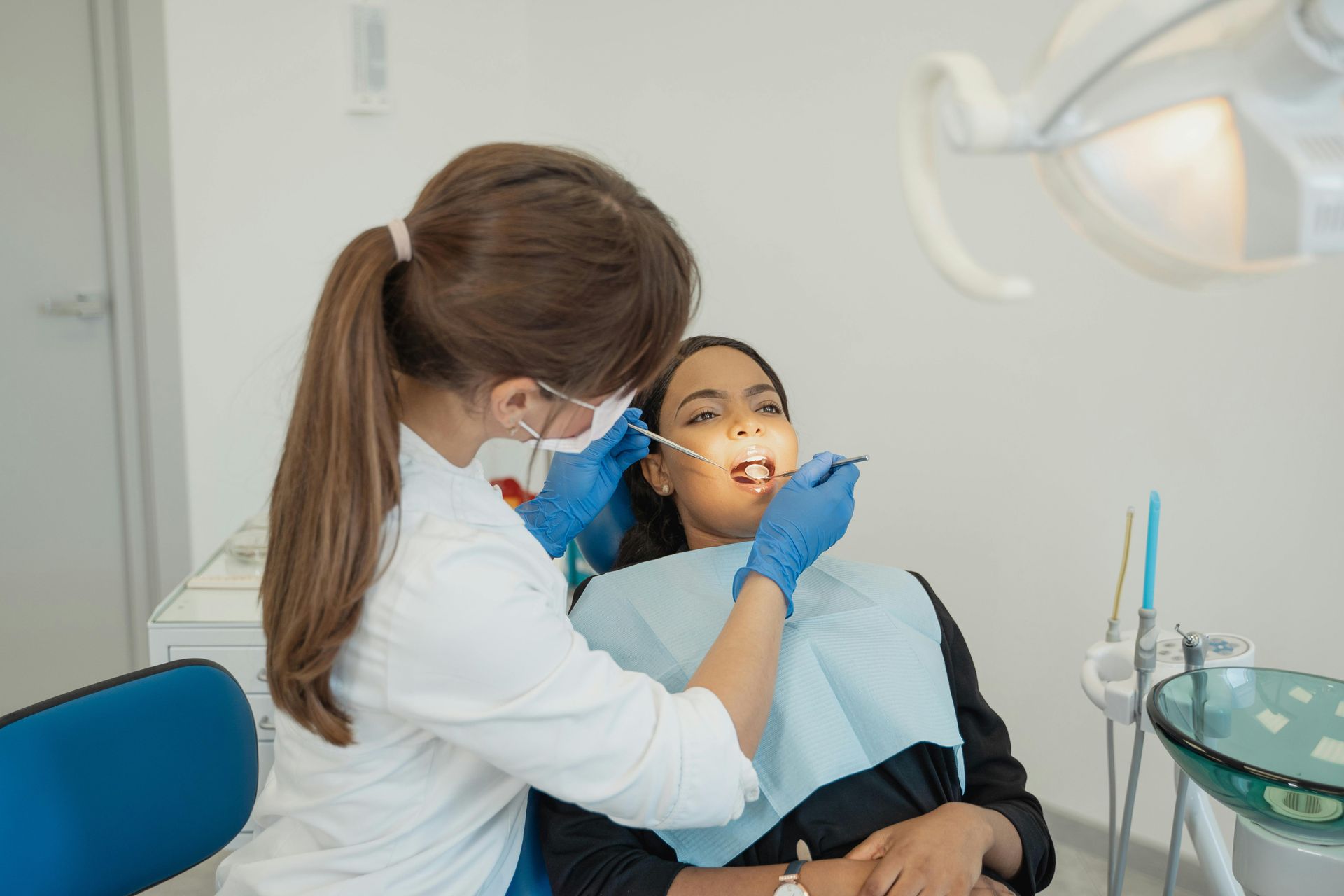1967 Lawrence Ave E, Unit 4, Scarborough, ON M1R 2Z2 | 647-955-3235
Manual vs. Electric Toothbrush: Determining the Best Choice for Your Oral Health
Comparative Overview of Manual and Electric Toothbrushes
When it comes to maintaining oral hygiene, choosing between a manual and an electric toothbrush is a common dilemma. Manual brushes are cost-effective, widely available, and don't require power or charging. They come in a variety of bristle textures but require proper technique to prevent gum recession and are less effective in reducing gum disease and plaque if not used correctly.
Electric toothbrushes are powered by batteries or rechargeable systems and execute high-speed brush head movements. These movements can range from oscillation to sonic vibrations, enhancing the brush's ability to disrupt plaque and impede tooth decay. Electric brushes often have built-in timers to ensure the recommended two-minute brushing time and are particularly beneficial for those with limited mobility or braces. Pressure sensors can also protect gums from overly vigorous brushing. Dental professionals may recommend electric toothbrushes for their proven efficacy in reducing periodontal disease.
Pros of Manual Toothbrushes
When it comes to maintaining oral health, the humble manual toothbrush has been a staple of dental hygiene routines for generations. Despite the rising popularity of electric brushes, manual toothbrushes offer several advantages. From their affordability to their ease of use, here are the key benefits of sticking with the traditional approach to brushing your teeth.
Cost-Effectiveness
One of the most compelling arguments for manual toothbrushes is their affordability. Manual brushes are significantly less expensive than electric toothbrushes, making them an accessible option for most people. You do not need to worry about additional costs such as batteries or electrical charging components. Moreover, they do not require the ongoing expense of replacement brush heads, which can add up over time.
Portability and Convenience
Manual toothbrushes are the epitome of simplicity when it comes to their design and use. They are lightweight, compact, and easy to travel with, not requiring the protective cases and charging stands often needed for electric brushes. Their straightforward functionality also means no worries about charging them or having the right voltage when traveling internationally.
- Lightweight and easy to carry
- No need for charging or electrical outlets
- Suitable for travel and on-the-go use
Availability of Varied Bristle Types
Dental professionals often stress the importance of selecting the right toothbrush for your specific oral health needs. Manual toothbrushes offer a wide variety of bristle types, from soft to medium and hard, catering to the needs of those with sensitive teeth, gum disease, or those looking for a more rigorous cleaning. Additionally, the shapes and sizes of manual toothbrush heads can be selected to suit different mouth sizes and preferences, whereas electric brushes often have a limited range of brush head designs.
- Extensive selection of bristle types
- Tailored to various oral health needs and preferences
- Variety of brush head shapes to accommodate different mouth sizes
In conclusion, manual toothbrushes stand out for their cost-effectiveness, portability, and the vast selection of bristle types. While they lack some of the advanced features found in electric toothbrushes, such as built-in timers and pressure sensors, manual brushes remain a strong choice for those who prioritize simplicity, cost savings, and customization in their brushing habits. Regular replacement on a commonly recommended three- to four-month basis ensures that manual toothbrush users can maintain optimal dental hygiene while keeping costs low and choices personalized.
Cons of Manual Toothbrushes
While the manual toothbrush has long been a staple in oral hygiene routines, it does present some limitations when compared to its powered counterparts. Individuals seeking to optimize their dental health may encounter certain drawbacks with manual brushes that can affect their overall oral care.
Less Effective Plaque Removal
One of the primary disadvantages of manual toothbrushes is their potential for less effective plaque removal. Studies have shown that electric toothbrushes, particularly those with oscillating or sonic technology, can remove more plaque and reduce gingivitis more effectively than manual toothbrushes. The high-powered motion of electric brushes often translates to superior cleaning and a greater ability to disrupt and dislodge plaque from the tooth surface and the gum line.
Dependency on User Technique
Another drawback is the reliance on correct brushing technique when using a manual toothbrush. The effectiveness of a manual brush is heavily dependent on the user’s ability to perform proper brushing motions for an adequate length of time. Without the right technique—a combination of angling the bristles, applying appropriate pressure, and reaching all surfaces—manual toothbrush users may not clean their teeth as thoroughly as they should, potentially leading to tooth decay and gum disease. Meanwhile, many electric toothbrushes come with features designed to compensate for user error, such as pressure sensors and two-minute timers to ensure proper brushing duration and force.
- Correct brushing technique includes:
- Brushing for two minutes, twice a day
- Using a 45-degree angle against the gum line
- Gently moving the brush back and forth in short strokes
- Brushing the outer, inner, and chewing surfaces of teeth
- Cleaning the tongue to remove bacteria and freshen breath
Lack of Advanced Features
Lastly, manual toothbrushes lack the advanced features that many electric toothbrushes offer. In addition to the above-mentioned pressure sensors and timers, electric brushes might have various modes for sensitive teeth, gum care, or whitening that cater to specific oral health needs. Some electric models also provide real-time feedback through smartphone apps, helping users improve their brushing habits over time. For those with limited mobility, such as individuals with arthritis, electric toothbrushes can be easier to use effectively due to their larger handles and powered brush heads.
In summary, while manual toothbrushes can maintain dental hygiene when used correctly, they do not offer the same level of plaque removal, depend heavily on the user's brushing technique, and lack the advanced features that could significantly enhance oral health outcomes and overall brushing experience. Regular consultation with dental professionals can help individuals determine whether continuing with a manual brush or transitioning to an electric option is most advantageous for their dental hygiene needs.
Pros of Electric Toothbrushes
Electric toothbrushes offer cutting-edge technology specifically designed to enhance your oral health. The dynamic movement of the bristles combined with the power behind each stroke facilitates effective plaque removal that can be more challenging to accomplish with manual brushes. With features like multiple brushing modes, pressure sensors, and the convenience of powered toothbrushes, users often find that electric options can lead to better overall dental health.
Enhanced Plaque Removal Capabilities
One significant advantage of electric toothbrushes is their plaque removal capability. Studies suggest that electric toothbrushes, especially those with oscillating or sonic technology, can remove more plaque than manual toothbrushes. The high-speed bristle movements on the tooth surface disrupt the formation and accumulation of plaque effectively. This could result in a considerable decrease in the chances of developing tooth decay and gum disease, which are primarily caused by the buildup of plaque.
Built-in Timers for Improved Brushing
A significant feature that boosts the effectiveness of electric toothbrushes is the built-in timer. Most dental professionals recommend brushing for at least two minutes to ensure a thorough clean. Electric toothbrushes often come with a two-minute timer that signals when you've brushed for the appropriate amount of time—this helps instill good brushing habits and ensures teeth receive the attention they need for optimal cleaning.
Better for Gum Care
Gum care is another area where electric toothbrushes excel. The pressure sensors embedded in many electric models prevent users from brushing too hard—a common issue that can lead to gum recession and other dental problems. Those with gum disease or sensitive teeth may particularly benefit from electric brushes' tailored brushing modes, which are gentle on the gums and yet effective at cleaning. Additionally, owning an electric toothbrush with soft bristles can be instrumental in promoting gum health, as it minimizes irritation while maximizing cleanliness
Cons of Electric Toothbrushes
Even though electric toothbrushes have gained popularity for their advanced features in promoting oral health, they do come with certain drawbacks. Individuals considering switching from manual to electric toothbrushes or purchasing their first powered toothbrush should be mindful of these potential disadvantages.
Higher Initial Cost
One notable downside to the electric toothbrush is the higher upfront cost compared to manual brushes. Electric toothbrushes can be an investment, with prices ranging from moderately expensive to premium models that offer a multitude of features. On top of the initial purchase price, electric toothbrush users must also consider the ongoing expense for replacement brush heads, which can add up over time. Reflecting on the long-term budget for maintaining an electric toothbrush is an essential factor before making a purchasing decision.
Requires a Power Source
Unlike manual toothbrushes, electric toothbrushes rely on a power source to operate. This could be in the form of a battery or a recharging station. The need for electricity or batteries means additional expenses and a need for planning, particularly if you travel or live in an area with frequent power outages. Charging can also be time-consuming, and if the toothbrush is not charged when needed, it might be inconvenient or render the brush temporarily unusable.
Less Portability
Electric toothbrushes are typically bulkier than their manual counterparts, which can present challenges for travelers or those who prefer to carry a toothbrush on the go. The additional components, such as charging docks or protective cases, require extra space which may not be ideal for light packing. Moreover, traveling internationally could raise the need for adaptors or voltage converters for the charging station, adding to the list of things to prepare before a trip.
Electric toothbrushes undoubtedly enhance brushing habits with their advanced technology and features. However, the considerations of cost, need for power, and portability are factors that must be taken into account before committing to an electric toothbrush as part of one's dental hygiene routine.
Key Aspects of Comparison
When considering oral health tools such as toothbrushes, it's important to analyze key aspects that impact their effectiveness and suitability for different users. Comparing manual and electric toothbrushes involves evaluating cost, effectiveness in plaque removal, power source requirements, the presence of built-in timers for brushing duration, brushing modes, variety of bristle types, ease of use, replacement frequency, and potential environmental impact. Each of these factors plays a role in the overall dental hygiene experience and can influence the decision-making process for consumers looking to maintain or improve their oral health.
Plaque Removal Efficiency
Electric brushes are generally deemed more efficient in plaque removal compared to manual toothbrushes. The powered toothbrushes deliver thousands to tens of thousands of strokes per minute, which is far more than what an average person can achieve manually. This high-frequency motion paired with advanced brush head designs allows electric toothbrushes to better disrupt and remove plaque from the tooth surface. Also, the oscillating, rotating, or sonic vibration movements extend beyond the immediate contact points, offering a deeper clean. Dental professionals often note the superiority of electric toothbrushes in reducing the risks of gum disease and tooth decay due to their enhanced cleaning capabilities.
Ease of Use for Limited Mobility
For individuals with limited mobility, such as those with arthritis, certain disabilities, or dexterity challenges, electric toothbrushes offer a significant advantage. The powered brush heads require less manual dexterity and physical effort. This means that users simply need to guide the toothbrush head along the surfaces of their teeth, letting the electric brush do the work. The larger handles of many electric brushes can also be easier to grip and maneuver, providing further convenience and comfort for those who find it difficult to manipulate a manual toothbrush properly.
Built-in Timers and Optimal Brushing Duration
A key feature that often sets electric toothbrushes apart from manual toothbrushes is the inclusion of built-in timers. These timers are designed to help users attain the optimal brushing duration, which dental professionals recommend to be at least two minutes. While using a manual toothbrush relies on one's own timing, electric toothbrush users benefit from the device's ability to alert them when they have brushed for the adequate amount of time. This feature plays a vital role in promoting better brushing habits, ensuring that each quadrant of the mouth receives sufficient attention for thorough cleaning.
Environmental Impact
The environmental impact of toothbrushes is a growing concern for many eco-conscious consumers. Manual toothbrushes, while made primarily from plastic, are less complex in design and often have smaller packaging. On the other hand, electric toothbrush replacement brush heads are usually smaller than full manual brushes, but the electric base units are made with electronic components and batteries, which contribute to electronic waste. Although both types of toothbrushes contribute to plastic waste, the manufacturing, usage, and disposal processes of electric toothbrushes tend to have a larger environmental footprint. It's also important to consider that while manual toothbrushes are replaced on a regular basis, the main body of an electric toothbrush can last for several years with only the heads needing regular replacement. This can potentially reduce the number of full units being discarded.
Plaque Removal Efficiency
When discussing plaque removal efficiency, both manual and electric toothbrushes can be effective when used properly. Manual toothbrushes rely on the individual's brushing technique and diligence to remove plaque. Key factors include the angle of brushing, the type of bristles, and the pressure applied. Soft bristles are generally recommended by dental professionals to protect the tooth surface and prevent gum recession.
Electric toothbrushes, on the other hand, can provide a more consistent cleaning experience. Powered toothbrushes deliver thousands of strokes per minute, with some models, like the sonic toothbrush, offering even more vibration to disrupt plaque. Built-in timers ensure users brush for the recommended two minutes, and pressure sensors help prevent brushing too hard, which can lead to gum disease and tooth decay.
Though both manual and electric brushes can maintain oral hygiene, electric toothbrush users may find it easier to reduce plaque and combat periodontal disease with less effort, particularly those with limited mobility or poor brushing habits. However, the key to optimal dental health remains regular brushing on a daily basis, using the correct technique, and replacing brush heads as recommended.
Ease of Use for Limited Mobility
When considering ease of use for individuals with limited mobility, both manual and electric toothbrushes have aspects that cater to different needs. Manual toothbrushes are generally lightweight and straightforward to handle but may require more dexterity for effective use. Individuals with limited mobility in their hands or arms might find the repetitive motions and the pressure needed for thorough cleaning challenging.
Electric toothbrushes, on the other hand, provide several features conducive to those with mobility issues. Models with larger handles can be easier to grip for those with joint pain or weakness. Furthermore, electric brushes do most of the work with powered toothbrush heads that conduct thousands of strokes per minute, reducing the need for manual dexterity. Some electric toothbrushes come with pressure sensors to ensure gentle brushing, reducing the risk of gum recession or enamel wear caused by excessive force. Most also include two-minute timers to guide users through the recommended brushing time, which can be especially helpful for those who may struggle with timing their brushing duration. This makes electric toothbrushes a practical choice for maintaining oral hygiene efficiently while accommodating limited mobility.
Built-in Timers and Optimal Brushing Duration
When it comes to ensuring optimal oral hygiene, the duration and consistency of brushing are key factors. Dental professionals often recommend brushing teeth for a full two minutes to effectively remove plaque and prevent tooth decay and gum disease. Manual toothbrush users must self-monitor the duration, which can lead to insufficient brushing time. In contrast, many electric toothbrushes come equipped with built-in timers that aid users in achieving the recommended brushing time. These two-minute timers are designed to ensure that users spend an adequate amount of time cleaning all quadrants of the oral cavity. Some powered toothbrushes even include intervals within the two minutes, prompting the user to move to different sections of the mouth for balanced cleaning. This feature supports proper brushing habits and can significantly contribute to better dental hygiene. As such, individuals seeking improvement in their brushing technique may benefit from the structure provided by an electric toothbrush’s built-in timer feature.
Should You Choose Electric or Manual Toothbrush?
In conclusion, while both manual and electric toothbrushes can be effective for maintaining oral hygiene, electric toothbrushes provide several added benefits that may improve brushing technique and oral health outcomes particularly for those prone to gum disease, with sensitive teeth, or who have difficulty with manual dexterity. Their technology and advanced features support improved brushing habits and can offer a more thorough clean, which can be a significant factor in preventing oral health issues on a regular basis.
At Wexford Dental we offer only what you need dentistry in Scarborough. Call us today at 416-222-82-96 for a general review to discuss the best procedure for you.
Tel: 647-955-3235
Fax: 647-955-3235
Email: hello@wexdental.ca
Address: 1967 Lawrence Ave E
Unit 4, Scarborough, ON M1R 2Z2



